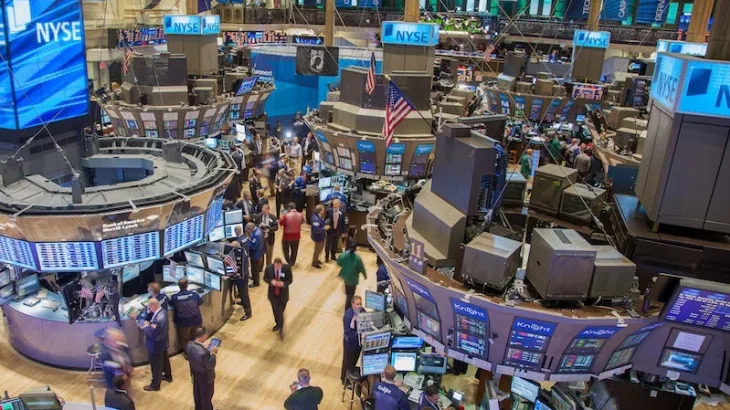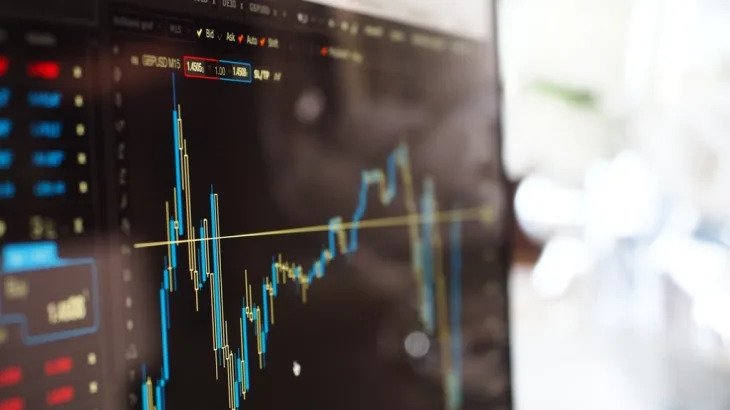The decision to invest is a relatively easy one — you want to save money for a future purchase or for a comfortable retirement, and you want that money to make more money for you. So, you decide to invest it. That’s the easy part.
Find Out: Money Influencer Delyanne Barros: Why Boring Could Be Best for Investing
Advertisement: High Yield Savings Offers
Try This: 5 Types of Cars Retirees Should Stay Away From Buying
But then you need to decide what to invest in. You could buy stocks, bonds, mutual funds, bitcoin, collectables, commodities — the list goes on and on.
Mutual funds are the best solution for many circumstances. They are readily available, easy to own and trade, and offer instant diversification. But which mutual fund — or funds? In 2023, there were 7,222 mutual funds in the United States, according to Statista . Which one(s) should you choose? Does it matter? How do you decide?
Why It Matters
It’s easy to assume all mutual funds are more-or-less the same, but they can vary widely in terms of risk, performance and fees. Investing in the wrong fund could mean your time horizon doesn’t match, potentially leading you to make withdrawals in a down market, or it could mean you end up paying far more in fees than you might otherwise, among other differences.
Here’s what you need to know about the factors that should go into determining which investment fund(s) you should choose.
For You: 12 Best Safe Investments To Grow Your Money in 2025
Consider Your Objective
The first question to ask yourself is what you hope to accomplish by investing.
Do you want to earn enough money so you can eventually live off your returns and never touch your principal? You’ll need a relatively aggressive fund that reinvests dividends.
Do you want your investments to generate income you can use to supplement your paycheck? Look for a fund made up of dividend stocks.
Do you want something that’s nearly a sure thing, earning a relatively small return but with little danger of losing money? A bond fund may fit the bill.
Time Horizon
The amount of time you plan to invest for can make a difference in what type of investment you choose.
If you have a short time horizon , say three years or less, look for low-risk investments like bond funds. These have a guaranteed rate of return, so you won’t run the risk of having to withdraw your money in a down market.
If you plan to stay invested for 20 years or more, you can look at stock mutual funds that include investments that are more volatile.
Risk Tolerance
Understanding your risk tolerance is critical, not only to your investing success, but to your mental health. If you plan to invest over the long term, you also need to be able to sleep at night, so it’s important to know how much risk you feel comfortable taking.
If you have a high risk tolerance, you are willing to invest in more volatile funds, which will inevitably lose money at some point. You need to be comfortable watching your portfolio value go down — sometimes to less than the amount you originally invested — with the understanding that it may go up significantly in the future.
If you are only comfortable with investments that will preserve your original investment, your risk tolerance is low, and you should invest accordingly. Your portfolio will likely grow more slowly, but you won’t be in a position where your original investment is in jeopardy.
Fees and Expenses
Mutual fund companies have expenses and charge fees, because they need to make money in order to operate. These fees and expenses can take a chunk out of your investment returns, so it’s important to understand how much you’ll be paying and to choose a fund that has the right mix of potential returns and expenses.
Indirect Costs
Mutual funds will have operating costs, like investment advisory fees, brokerage fees, marketing expenses, custodial fees and more. These costs are typically paid out of the assets of the fund, so you won’t see a charge on your statement for these.
They do, however, reduce your return on the investment, so you’re paying them indirectly. These expenses are grouped together under the category of annual fund operating expenses.
Direct Costs
You will also pay a sales charge, which is a percentage of the amount you invest, exchange or transaction fees when you trade funds, an account fee and other fees. These are collectively referred to as shareholder fees.
All of these fees and expenses should be outlined in the prospectus you receive before you invest in a particular fund. When you are considering which fund to invest in, be sure to compare the fees and expenses.
Performance
Every investor knows — or should — that past performance is not a guarantee of future results. In fact, that statement is at the bottom of virtually every informational or marketing piece for every investment. And it’s true.
However, those funds that do well are typically well-managed by managers who know what they’re doing, so a high performing fund may be a better option that one that consistently under-performs.
One way to evaluate a fund’s performance is against a benchmark like the S&P 500. If you feel that this comparison is difficult or inadequate, you can invest in an index fund that tracks the performance of the S&P 500 or one of many other indices. You won’t beat the benchmark, but your return should just about equal it.
Takeaway
It’s a good idea to understand the differences between various investment funds and how they can impact your return, and you should compare like funds before deciding to invest.
But at the end of the day, the difference in your return — at least between two or more funds that are right for your objectives, time horizon and risk tolerance, and that are similar in performance — is likely to be relatively small. Don’t let paralysis by analysis prevent you from investing.
More From GOBankingRates
This article originally appeared on GOBankingRates.com : How Much Does It Matter Which Investment Fund You Pick? (And How To Pick a Good One)





